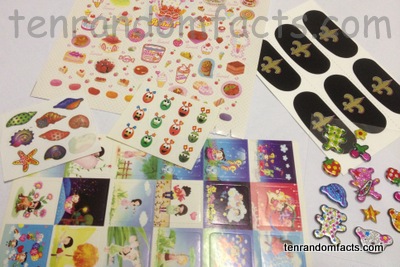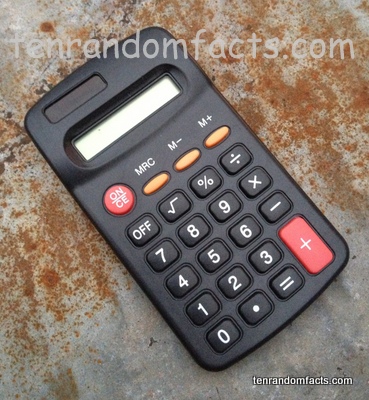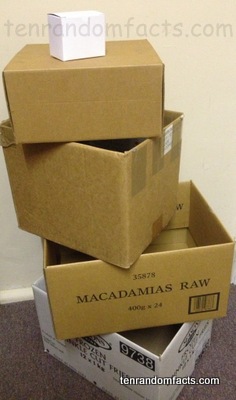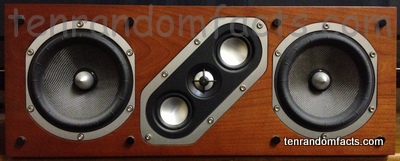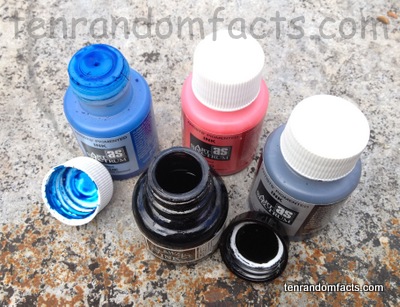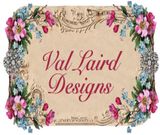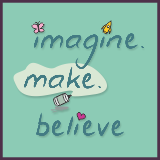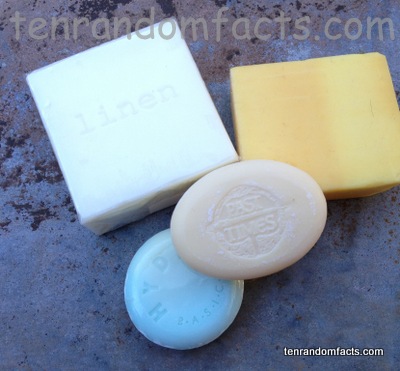
Scrub-a-dub dub with the soap.
- Soap is a solid bar or liquid solution that is used to wash, bathe or clean and is used widely in the textile industry for various tasks.
- Soap is typically made using animal or vegetable fats or oils which is mixed with an alkaline formula like caustic soda.
- Soap cleans by causing things that are insoluble, like small bacteria, chemicals, dirt or the like, to become soluble, and wash away with water.
- Soap was used and possibly invented in 2800 BC by Ancient Babylonians, and later by the Ancient Egyptians, who used animal and vegetable oils.
- ‘Soap’ is derived from the Latin word ‘sapo’, which is the name of a fictitious mountain in the area of Rome which is said to be associated with soap.
- Industrial soap production occurred in the 1450s to 1500s, in France and as early as the 1200s the process was industrialised in the Middle East.
- Liquid soap started being produced in the 1800s, and was patented in 1865 by William Shepphard, the use of which became more practical than typical bars.
- Soap is typically made by heating up particular oils or fats, pouring off waste liquid and setting the mixture into moulds.
- Throughout history, soap has been used to treat skin conditions and with the addition of other plant materials, to dye hair.
- Soap is one of the main ingredients in grease that is used for lubrication purposes.
Bibliography:
Soap, 2013, Wikipedia, <http://en.wikipedia.org/wiki/Soap>
Soap Facts: Interesting and Fun Facts, n.d, Soap History, <http://www.soaphistory.net/soap-facts/>





